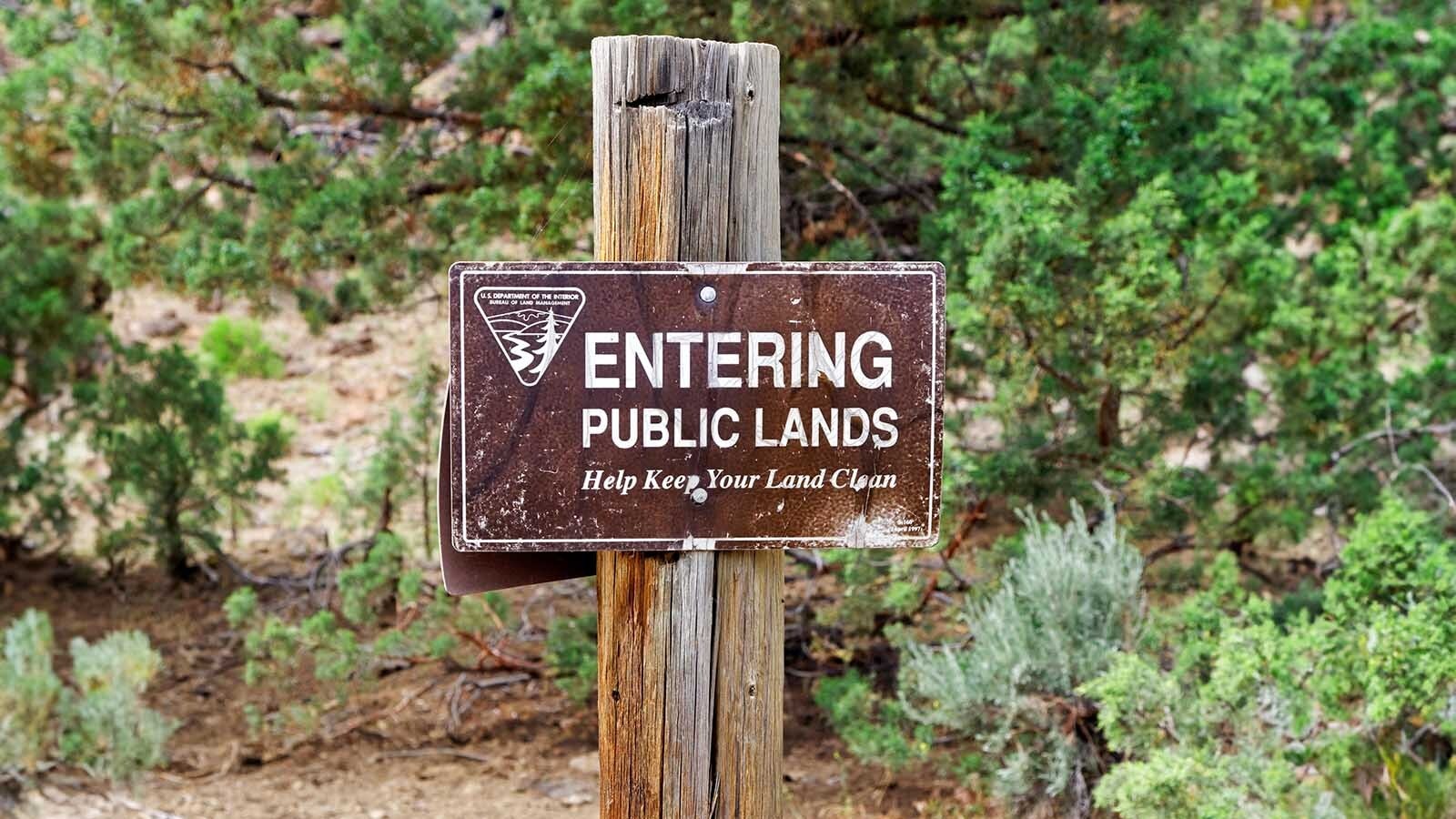In 2018, a hunter armed with a .50 caliber rifle shot an antelope from 1,954 yards in Fremont County, and then sent a video of it to Muley Fanatics, trying to prove a point.
The video had the opposite of the intended effect.
“We told him (the hunter) that is not something we endorse,” Josh Coursey told Cowboy State Daily on Friday. He’s the co-founder, president and CEO of Muley Fanatics, a mule deer conservation group.
He declined to identify the hunter who had sent the video. It had been sent with the intent of making the point that an animal could be humanely and ethically killed with a rifle from great distances, Coursey said. He’s also a member of the Wyoming Wildlife Task Force, which met in Casper on Friday.
“Shooting from 1,954 yards isn’t fair chase,” he said.
What Is The Right Distance?
The topic of ethical shooting distances prompted a lively discussion during the task force’s meeting. There was no clear consensus over whether the Legislature or the Wyoming Game and Fish Department should, or even could, establish ethical shooting distance rules.
Modern bows, particularly crossbows, have stretched possible archery kill shots out to 100 yards or more, said some task force members and hunters who commented via Zoom. And rifle technology has evolved to make possible shots hardly dreamed of before.
Shooting at extreme ranges isn’t ethical or necessary, said task force member Sy Gilliland. He’s the president of the Wyoming Outfitter and Guides Association. The use of noise suppressors on rifles, currently legal in Wyoming, makes things even sketchier, he said.
“You can shoot 700 yards at an animal that can’t even hear the shot,” he said. “Yeah, that’s really sporting.”
The capability of hunting weapons has always evolved, making the topic of ethical shooting distances murky, said task force member Pet Dube. He is also a member of the Wyoming Game and Fish Commission, which sets Game and Fish policy.
“They started this discussion when they invented rifle scopes,” he said. “What might not seem wrong now might not be wrong 20 years from now.”
Practice Makes For More Humane Hunting
Hunter Fonzy Haskell commented over Zoom that he’s a long-distance shooter and also sometimes uses a suppressor.
“I’m an avid long-range shooter. I’m a competitive long-range shooter and I sometimes utilize that in my hunting,” he said. “I would say ‘ethical’ is dispatching that animal in the quickest and most humane way possible.”
Long-range shooters practice vigorously, he said. That makes them more likely to land precise, quick-killing shots in the field.
He added that suppressors are good for controlling predators, such as coyotes. They allow a hunter to take out multiple coyotes while avoiding detection.
However, even if somebody is skilled enough to shoot extreme distances, it still isn’t ethical because the animals don’t have a reasonable chance of escape, hunter Rob Shaul said over Zoom.
Ethical limits should be roughly 400 yards for rifles and 50 yards for bows, he said.
“Most big game animals can’t detect a hunter more than 400 yards away. That’s out beyond the biological limits of the animal, and that’s not fair chase,” he said. “Hunting is not shooting,” he said. “If you want to shoot 1,000 yards, shoot at iron (targets).”
Improved technology and better equipment can make hunting more humane and ethical, said task force member Lee Livingston. He’s a guide and Park County commissioner.
“People used to hate archery hunters,” because the use of older model bows frequently left animals getting away wounded.
With more modern bows, the hunters that he guides make quick, clean kills, even on large bull elk, Livingston said.
A Matter Of Public Perception
Hunters and guides must be mindful of their reputation with the general public, Gilliland said. Having nation-wide public opinion turn against hunting could spell the end of it.
“The average suburban housewife might not understand much about hunting,” he said. “But she understands that shooting an animal behind a fence isn’t ethical. She understands that shooting an animal from 800 yards away isn’t ethical.”
Hunters should refrain from posting “kill shot” videos on social media, Shaul said. The public will find footage of animals being killed distasteful and turn against hunters.
“Filming and posting big game kill shot videos is political suicide,” he said.





